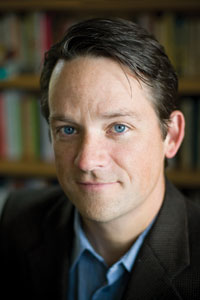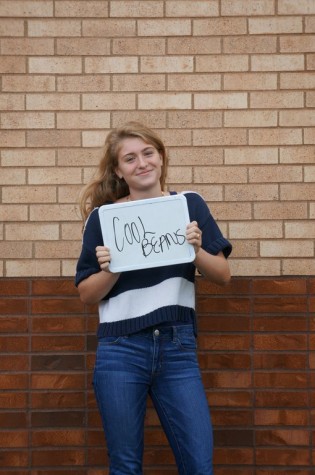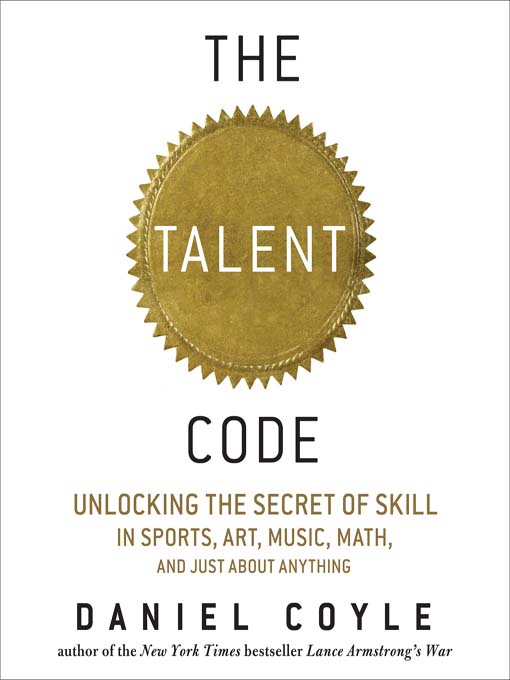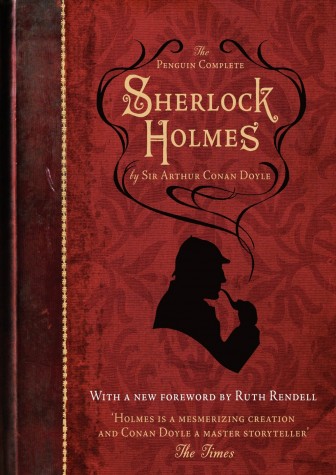“The Talent Code”: Unlocking the Brain’s Secrets
How does a girl do a month’s worth of piano practice in six minutes? How do poor, small schools and training centers with meager supplies produce many of the world’s famous athletes, musicians, and singers? What is talent, and where does it really come from? Daniel Coyle, New York Times bestselling author and a reporter, answers these questions in his book, “The Talent Code.”
“It’s a book that debunks the myth that there is any such thing as talent. It really has to do with hard work and how you apply yourself, and, to some respect, how young you apply that,” said Edina High School Symphonic and Concert Band director Paul Kile, who constantly addresses “The Talent Code” in his classes.
According to Coyle, anyone can be an expert at anything. Talent is tapped through practically applying a newly-discovered brain mechanism. Using recent findings in neurology, Coyle traveled to nine different talent “hotbeds” throughout the world, places where an abnormal amount of world-class musicians and athletes were taught as students. Traveling to the baseball fields in the Caribbean, a destitute Russian tennis club with one court, a classical-music academy in upstate New York, and many other places, Coyle studied the lifestyles and routines of their current and past students.
“I suppose the direct application I use with my students is I share the stories from the book and give a lot of the quotes… my less overt way is that I really believe it and I embrace it, do it, and I practice it. I think it should be required reading for every sixth grader, and even younger if they could understand it,” said Kile.
The whole idea of Coyle’s research is centered on the idea that there are three key elements to make a person great: deep practice, ignition, and master coaching.
Scientifically, one type of practice allows people to improve up to ten times faster than conventional practice. It is called deep practice. The process is a cycle of zoning in on the objective, making mistakes, correcting them, and continuing. Through concentration, one is able to recognize the mistake and correct it. This process grows myelin, a substance whose importance has recently come to light. It has become the ‘next big thing’ in neurology. Coyle, along with many other neurologists, consider myelin to be the next major advancement in brain study. “The revolution is built on three simple facts. One – every human movement, thought, or feeling is a precisely timed electric signal traveling through a chain of neurons – a circuit of nerve fibers. Two – myelin is the insulation that wraps these nerve fibers and increased signal strength speed and accuracy. Three – the more we fire a particular circuit, the more myelin optimizes that circuit, and the stronger, faster, and more fluent our movements and thoughts become,” writes Coyle in his book.

By using our own thought processes and solving mistakes by ourselves, the brain’s circuits powering that particular function strengthen by growing myelin. For example, it is more likely for individuals to remember an answer to a question by recalling the answer themselves rather than having the answer told to them. Coyle states, using factual, observational evidence from his travels, that recognition and correction are the brain’s crucial components which allow people with no natural talent to become experts.
Ignition, Coyle’s second element, is one’s inner drive; it is what he claims separates the great from the good. Coyle found that passion provides the commitment that fuels deep practice. Without passion and a desire to reach the ultimate goal, no famous athlete, musician, or artist would ever have reached the recognition level they received during their lives.
The last of the three elements is master coaching. Coyle describes these people as the “talent whisperers” who encourage passion, ignite deep practice, and force the best from each of their students. Coyle studied these teachers in all of the places he traveled who had previously coached many internationally-known musicians and athletes. Each master coach, using different techniques for their different activities, helped fire the correct circuits as often and as accurately as possible. He found they all had followed four virtues.
The first virtue Coyle calls the Matrix. More than half of the coaches he met and studied were older, in their sixties or seventies. The Matrix is the knowledge that each master coach develops throughout his or her life: “… the point is that people are not born with this depth of knowledge. It’s something they grow, over time, through the same combination of ignition and deep practice as any other skill,” explains Coyle. All of the coaches Coyle encountered had their own potential talent in their fields but failed terribly. The difference: they were the ones that tried to understand why they had failed.
Perceptiveness was the next trait that Coyle found in every coach he met. Many of the coaches told Coyle that they had trained their eyes to work “like cameras” in order to see every move. In addition to training their bodies, each coach takes time to figure every student out. None of the master teachers treat every player or student the same. Instead, they customize their communication strategies based on the student’s life and character.

Each coach used a strategy that Coyle refers to as the GPS reflex, the third virtue. The coach relays information to the player through “series of short, vivid, high definition bursts” and they are always demands. For example, instead of “please would you do this”, the coaches would say “do this”. Each coach identifies failures and proposes solutions while pointing out successes. The matrix of knowledge helps each coach to make quick realizations and decisions. Coyle also noticed that the coaches did not have patience: “…what I saw was not patience, exactly. It was more like probing, strategic impatience. The master coaches I met were constantly changing their input. If A didn’t work, they tried B and C…”
Lastly, each master coach used the fourth virtue, theatrical honesty. Many coaches Coyle found had a tendency to become theatrical, or use drama and character when helping students.
Coyle through his personal stories, goes in-depth on all of these concepts in his book. His main argument, though, remains: anyone can, with hard work and dedication, become talented at anything.

Sure, you could say that she lights up the room as soon as she enters (apparently that’s what her fortune cookie said…), but this opinionated, clever,...







